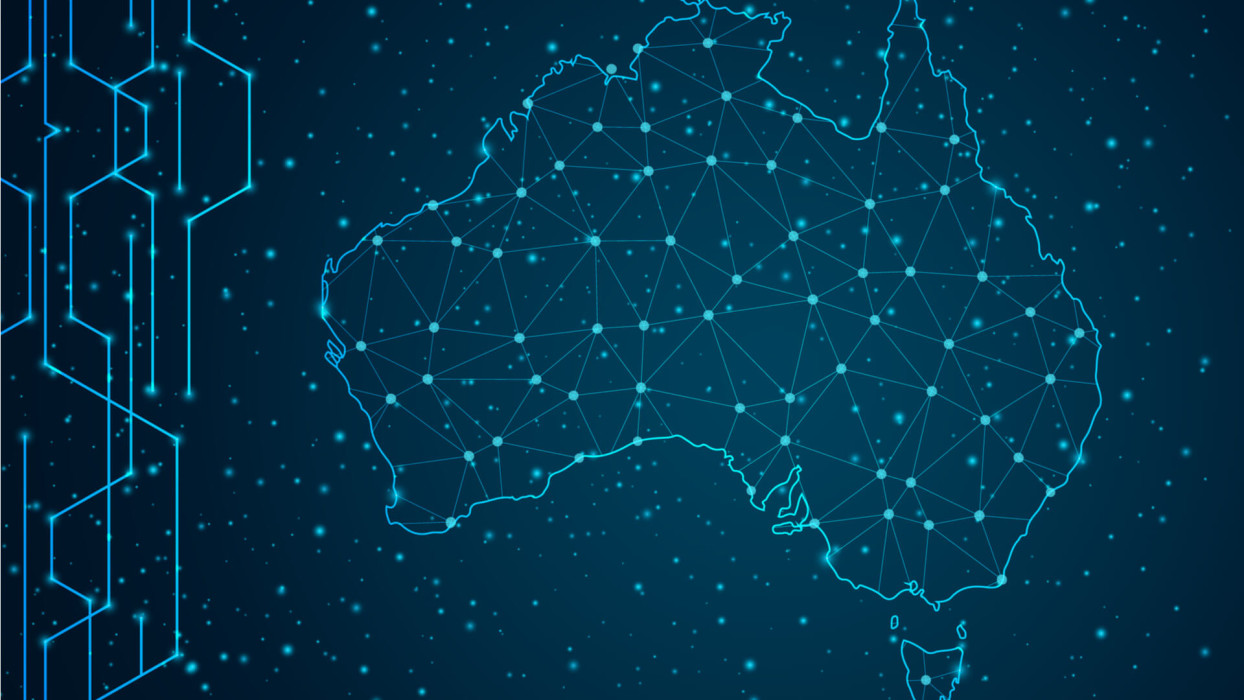Australia is a highly interconnected country with nine in ten inhabitants being internet users, most of whom use the internet every day. What do they know about cybersecurity and how do they approach it, though? A recent survey commissioned by ESET sought to find out.
The two questions above are especially pertinent, since six out of ten Australian businesses have been affected by breaches. A total of 60% of these breaches have been caused by malicious or criminal attacks, and scams have swindled Australians out of almost half a billion Australian dollars. Not to mention that identity crimes have cost them AU$2.2 billion a year.
Those are not optimistic numbers, considering the fact that nearly all respondents implied that they conduct financial transactions online. Nine in ten use internet banking and over three quarters use online transactions to settle their utility bills and pay taxes. Their online transactions are not limited to mundane tasks, as almost half of the respondents admitted they buy and download online games and eight out of ten engage in purchasing products and services online as well.
Australians usually interact with the internet on the go. So, it should come as no surprise that most of their financial transactions are done the same way. Over half of them are done on smartphones and almost a quarter are done on laptops. Although convenient, it introduces its own set of challenges and problems, since usually users automatically connect to available Wi-Fi networks. Something many Australians underestimate since they admit that 36% of them use public Wi-Fi to conduct their financial transactions. A much safer option is to rely on cellular data or purchasing a mobile hotspot since then you can be sure about the safety of your connection.
RELATED ARTICLE: Can regulations improve cybersecurity? In APAC, opinions vary
Although they may interact with the internet from different locations, when it comes to spending, Australians rely on platforms they know and trust. Nine out of ten participants in the survey responded that they used PayPal, while eight out of ten said they usually stick to the official banking platform of their bank. Almost half also use popular payment platforms designed for smartphones such as Apple Pay, Google Pay or Android Pay.
While convenient, respondents are aware of the risks these activities bring. Over three-quarters of them worry about the security of their data either often or occasionally. Australians worry most about security while doing online banking and online shopping. Not surprising, since one-fifth of them had experience with a virus or some other malware on their devices. 18% has had their social media accounts hacked and one in three people had their emails compromised. Not to mention that one in six have lost money to online banking scams.
Being aware of the risks is not enough, these concerns need to be addressed and apparently Australians are doing just that. Almost all the respondents know how to create a strong password, and a vast majority downloads software from official sources. Three-quarters of them use two-factor authentication to secure their accounts when the option is available.
To sum it up, the survey shows that Australians are quite capable netizens aware of the risks their online activities pose. They are also willing to take precautions to lower their susceptibility to attacks and are willing to educate themselves although, as seen above, there is room in improvement. For a more detailed look at the cyberawareness of Australians, you may want to refer to the full report.





